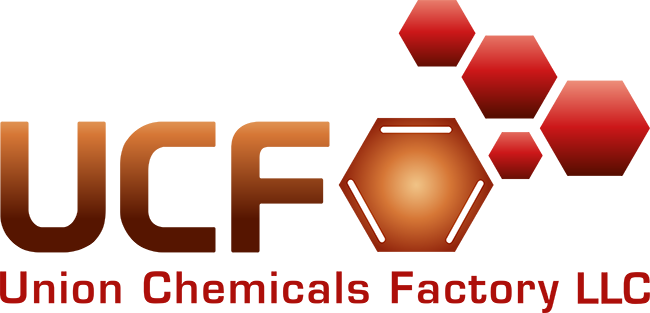Technavio market research analysts forecast the global sodium lauryl ether sulfate (SLES) market to grow at a CAGR of over 5% during the period 2018-2022, according to their latest report.
This market research report segments the global SLES market by application (detergents and cleaners, personal care products, and others) and key regions (the Americas, APAC, and EMEA).
Increased preference for sulfate-free surfactants is a key trend expected to influence the market during the forecast period. The rising concern over the toxic effects of synthetic surfactants on humans and environment has led to a shift in the preference for sulfate-free or bio-based surfactants as an intermediate ingredient in various end-use applications. Moreover, the growing need for a sustainable, safe, and eco-friendly economy has resulted in an increase in investment in R&D activities for the use of renewable feedstocks.
Growing consumer awareness of hygiene and personal cleanliness
The rising consumer consciousness drives the global SLES market with respect to personal hygiene and cleanliness. Additionally, governments in many countries have been supporting and encouraging awareness campaigns emphasizing hygiene and cleanliness. For instance, in October 2017, the Indian government launched the Gram Samridhi Evam Swachhta campaign to boost development activities in villages and to increase awareness of hygiene and cleanliness.
According to a senior analyst at Technavio for specialty chemicals research, “The main goal behind promoting hygiene and cleanliness is to facilitate a healthy environment and reduce the burden of chronic diseases caused due to unhygienic surroundings. The rising awareness among people is fueling the demand for household and industrial cleaners as well, which augurs well for the global SLES market.”
Global SLES market segmentation
Of the three major application segments, the detergents and cleaners segment held the largest market share in 2017, accounting for nearly 42% of the market, followed by the personal care and others segment.
APAC was the leading region for the global SLES market in 2017, accounting for a market share of 42%, followed by the Americas and EMEA. APAC is also expected to emerge as the fastest growing market over the forecast period, while EMEA is expected to witness a dip in its market share by 2022.
Source: www.businesswire.com




